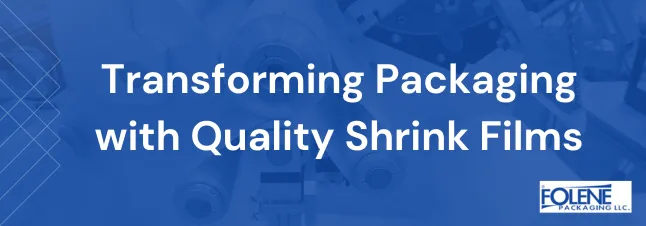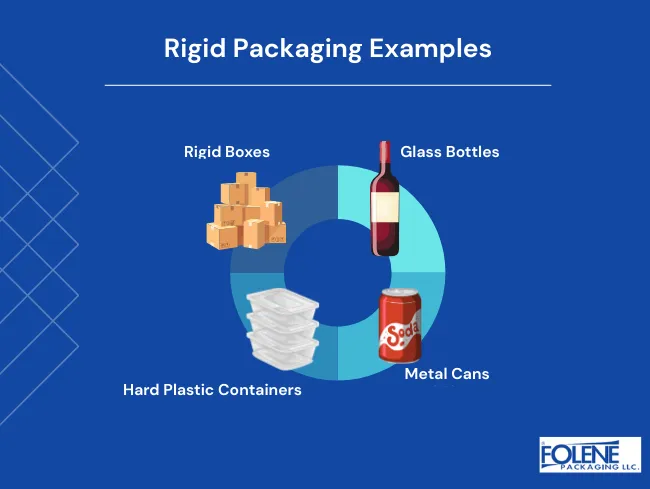
Choosing the right packaging type can make all the difference in your product’s success. Rigid packaging refers to any type of packaging that maintains a firm structure without bending or breaking, including materials like cardboard, glass, metal, and hard plastics. Both rigid packaging and flexible options offer unique advantages for different applications. This comprehensive guide from Folene Packaging will help you decide which packaging solution best fits your specific needs.
Types of Rigid Packaging
Rigid packaging is a versatile and widely used packaging solution that comes in various forms, each with its unique characteristics and applications. Here are some common types of rigid packaging:
Glass Bottles: Known for their elegance and sustainability, glass bottles are a popular choice for packaging beverages, cosmetics, and pharmaceuticals. They offer excellent barrier properties, preserving the quality and shelf life of the contents while providing a premium look and feel.
Rigid Boxes: Used for packaging a wide range of products, from electronics to luxury goods, rigid boxes offer excellent protection and shelf appeal. Their sturdy construction ensures that products remain safe during transportation and storage, making them ideal for high-value items.
Metal Cans: Metal cans are a popular choice for packaging food and beverages, offering robust protection and a long shelf life. They are highly durable and provide an effective barrier against light, air, and contaminants, ensuring the freshness and safety of the contents.
Plastic Containers: Plastic containers are widely used for packaging food, cosmetics, and pharmaceuticals, offering a cost-effective and versatile packaging solution. They come in various shapes and sizes, providing flexibility in design and functionality while maintaining product integrity.
Rigid Packaging vs Flexible: What Makes Each Packaging Solution Unique?
Let’s examine a few key areas where the type of packaging, specifically rigid and flexible packaging, compete with one another. Ultimately, the best choice for packaging your product will depend on several factors, but we’ll work through these methodically.
Rigid Packaging – Bulky Protection
With rigid protective packaging, you have complete control over product protection. This makes it the perfect choice for businesses shipping fragile items who want maximum security.
Key benefits of Rigid Packaging:
Retains shape
Provides maximum protection during transportation
Ideal for fragile items requiring bulky protection
Long-lasting
Rigid packaging materials typically offer strength, durability, and protective qualities
Key Rigid Packaging Trends
The rigid packaging industry is constantly evolving, with new trends and technologies emerging to meet the changing needs of consumers and businesses. Here are some key rigid packaging trends:
Sustainable Rigid Packaging: With growing concerns about environmental sustainability, rigid packaging manufacturers are developing eco-friendly packaging solutions made from recycled materials and bioplastics. These sustainable options help reduce the environmental impact of packaging while meeting consumer demand for greener products.
Integration of Smart Packaging: Smart packaging technologies, such as RFID tags and sensors, are being integrated into rigid packaging to enhance product safety, security, and convenience. These technologies enable better tracking and monitoring of products throughout the supply chain, providing valuable data and improving overall efficiency.
Customization and Personalization: Rigid packaging manufacturers are offering customization and personalization options to help businesses create unique and memorable brand experiences. From custom shapes and sizes to personalized designs and printing, these options allow brands to stand out on the shelf and connect with consumers on a deeper level.
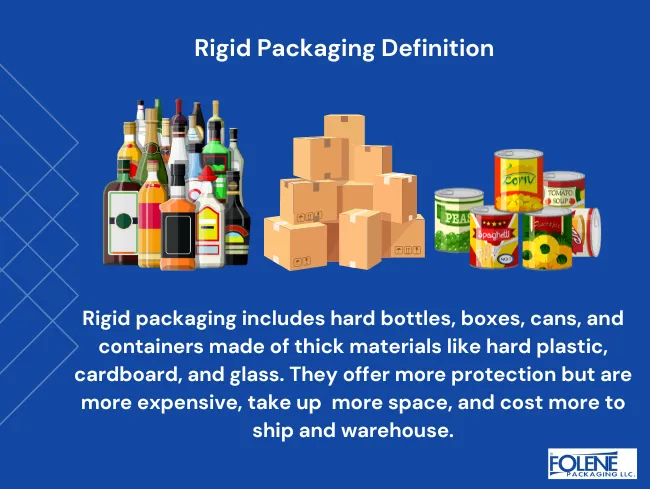
Flexible Packaging – Convenient Solution
Flexible packaging takes the lead in offering excellent flexibility, durability, and space efficiency. It provides cost-effective and space-saving benefits while retaining quality.
Key benefits of Flexible Packaging
Warehouse+ Pallet Space Efficiency
Lighter materials mean lower shipping costs
Easier storage
Environmental advantages, more sustainable options
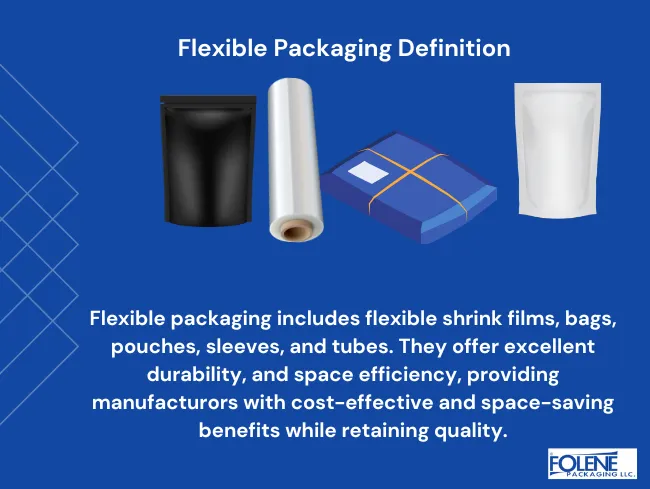
Rigid vs. Flexible Packaging: Comparing the Differences
Protection Level
Rigid: Complete protection against crushing and impact, making it an ideal form of protective packaging.
Flexible: Adequate protection with material efficiency
Rigid: Excellent barrier properties, depending on the application
Flexible: Adjustable barrier properties
Storage & Transportation
Rigid: Requires more pallet and warehouse space, but stacks easily
Flexible packaging materials: Space-saving on pallets, warehouse, and trucks, and lightweight
Product Packaging Applications
Rigid: Excellent for luxury products, liquids, and fragile items, especially in the beverage industry
Flexible: Dry goods, portioning, and lightweight products
Rigid Packaging vs Flexible Packaging: Requirements Overview
Rigid Packaging: Higher initial investment, robust protection, premium appearance. Rigid packaging materials, such as recyclable plastics and glass, provide strong protection for products and support sustainable practices, aligning with environmental goals.
Flexible Packaging: Cost-effective, space-efficient, environmentally friendly
Both require quality materials (such as corrugated cardboard boxes and premium quality shrink film), appropriate filling systems, and compatible sealing equipment.

Consumer Preference
Consumer preference plays a significant role in shaping the rigid packaging industry. Consumers are increasingly demanding packaging solutions that are sustainable, convenient, and visually appealing. Here are some key consumer preferences:
Sustainability: Consumers are looking for packaging solutions that are eco-friendly and sustainable, with minimal environmental impact. This includes packaging made from recycled materials, biodegradable options, and designs that reduce waste.
Convenience: Consumers prefer packaging solutions that are easy to use, convenient, and offer a seamless user experience. Features such as easy-open lids, resealable closures, and portion control are highly valued, making the packaging more user-friendly.
Visual Appeal: Consumers are drawn to packaging solutions that are visually appealing, with attractive designs and colors that reflect the brand’s personality and values. Eye-catching packaging can enhance shelf appeal and visibility, influencing purchasing decisions and building brand loyalty.
By understanding and addressing these consumer preferences, businesses can create packaging solutions that not only protect their products but also resonate with their target audience.
So Which Packaging Solution is Right for You: Rigid Packaging or Flexible?
It’s a hard decision to make when just starting your path to packaging excellence. Folene Packaging makes it easier with these points to consider.
Choose Rigid Packaging if you want:
✔ Maximal fragile product protection
✔ Traditional package look and feel
✔ Long-lasting quality
Choosing rigid packaging provides a sturdy path to packaging excellence, ensuring that products are well-protected and meet consumer preferences effectively.
Choose Flexible Packaging if your priorities are:
✔ Cost saving
✔ Storage optimization
✔ Sustainability
✔ Modern Packaging Appearance
Both can do a good job of protecting your products. If you want traditional presentation and maximum bulk protection, choose rigid packaging. Flexible packaging, with advancements in printing techniques, is the better choice if you want cost savings, sustainability, and enhanced visual appeal.

Make sure to consider:
product requirements
target market
packaging equipment
packaging volume
packaging budget
Addressing all of these factors will play into making the best decision for your products. See some of our roundup posts by category to help you decide on the best packaging material for your application:
Smart Technology Integration
Rigid Packaging: Ideal for RFID and NFC
Flexible Packaging: QR codes, bar code labels, and basic tracking
Flexible and Rigid Packaging Industry Applications
Food & Beverage:
Rigid packaging materials typically include glass bottles, jars, and plastic containers, known for their strength, durability, and protective qualities, making them ideal for products that need extra care, such as fragile and high-value items.
Flexible: Pouches, bags, wraps
Pharmaceuticals:
Rigid packaging refers to any type of packaging that maintains a firm structure without bending or breaking, including materials like cardboard, glass, metal, and hard plastics. In the pharmaceutical industry, rigid packaging is commonly used for bottles and blister packs.
Flexible packaging, on the other hand, includes sachets and strip packaging.
Consumer Goods:
Rigid: Bottles, jars, containers. Rigid packaging materials, such as recyclable plastics and glass, provide strong protection for products and support sustainable practices, thereby aligning with environmental goals.
Flexible: Stand-up pouches, bags
Sustainable Rigid Packaging Environmental Considerations
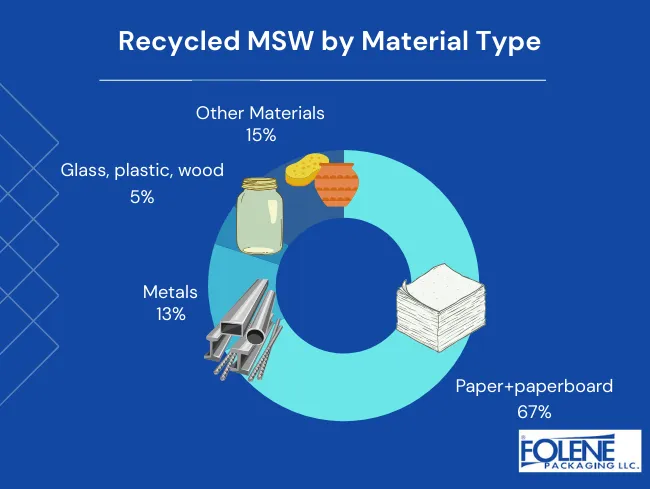
Rigid Packaging:
Higher recycling rates
More energy intensive
Longer lifecycle
Rigid packaging materials offer numerous benefits, including enhanced durability and sustainability. These materials play a crucial role in maintaining structural integrity and can be customized to enhance brand identity. They are widely used across various industries, including food and cosmetics.
Flexible Packaging:
Reduced material usage
Space efficient transport
Eco-friendly and biodegradable film options
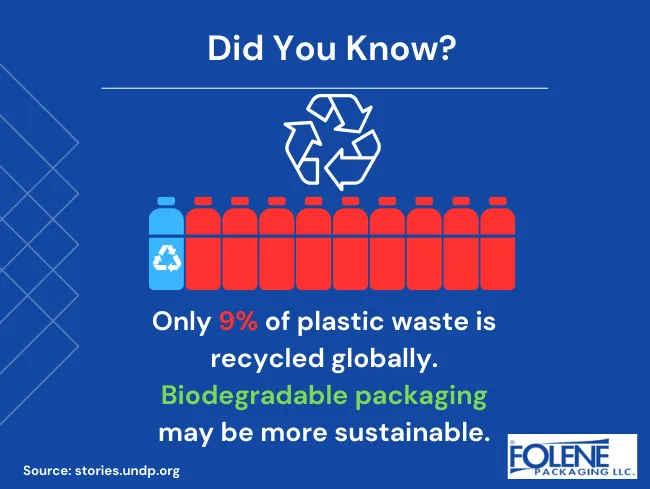
Cost Analysis: Rigid vs Flexible Packaging
Rigid Packaging Investment:
Higher initial investment
Better protection value
Higher shipping costs
Requires different sizes per product
Rigid packaging materials, such as recyclable plastics and glass, offer strong protection for products and support sustainable practices, aligning with environmental goals.
Flexible Packaging Investment:
Lower production costs
Lower storage costs
Film sizes can be customized and adapted to multiple product sizes.
Rigid Packaging vs Flexible: Making Your Final Decision
When choosing between rigid and flexible packaging, keep the following factors in mind:
1. Product protection requirements
2. Budget constraints
3. Storage capabilities
4. Environmental mandates
5. Brand image
Remember: There is no one-size-fits-all solution. Both rigid and flexible packaging options have been successful in their respective industries. The key to success lies in finding the right solution for your unique needs.
